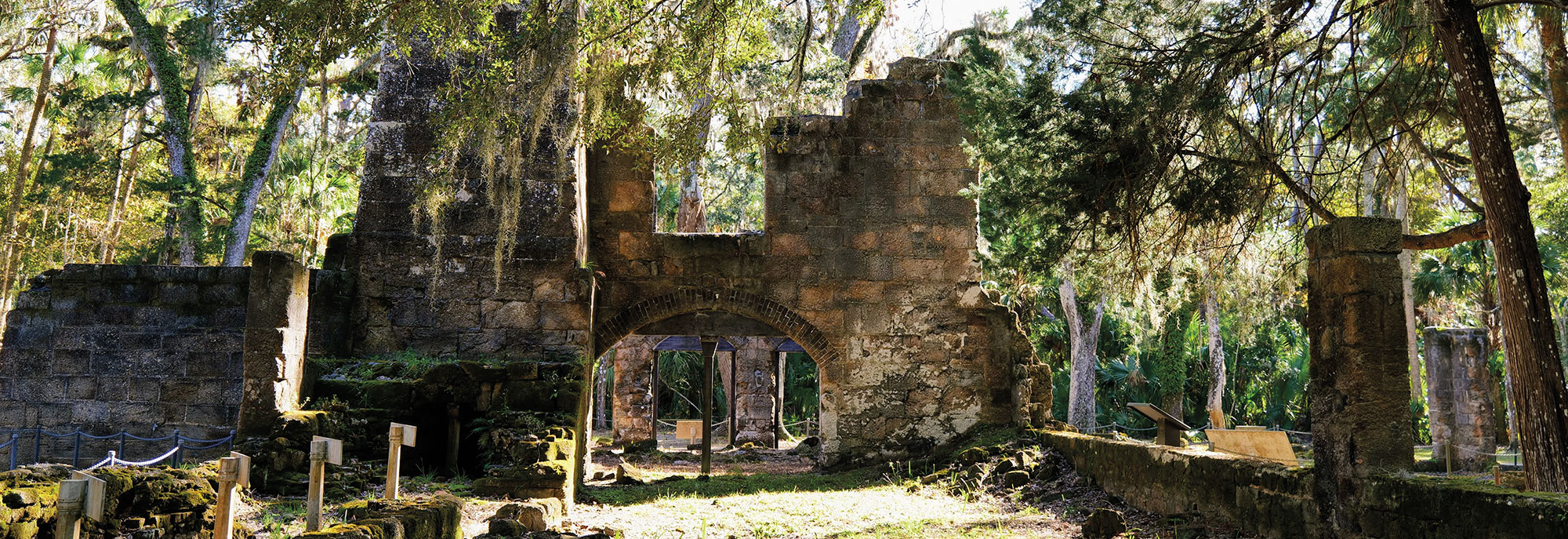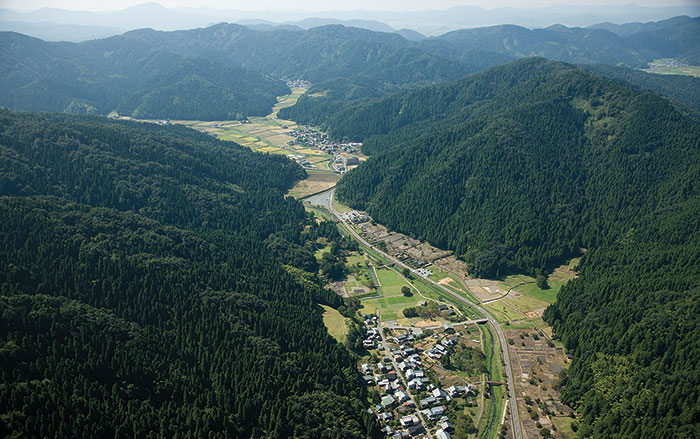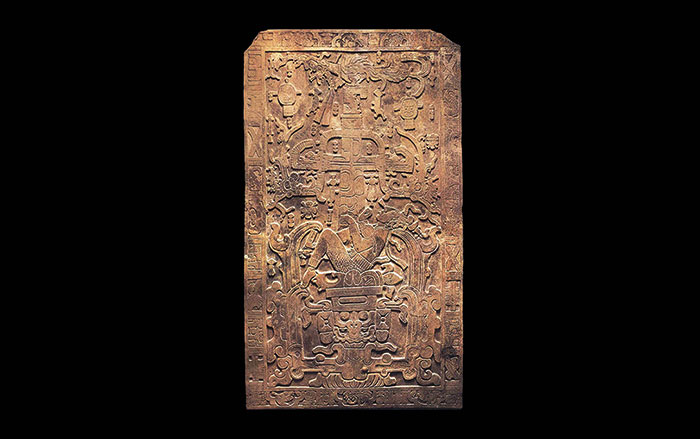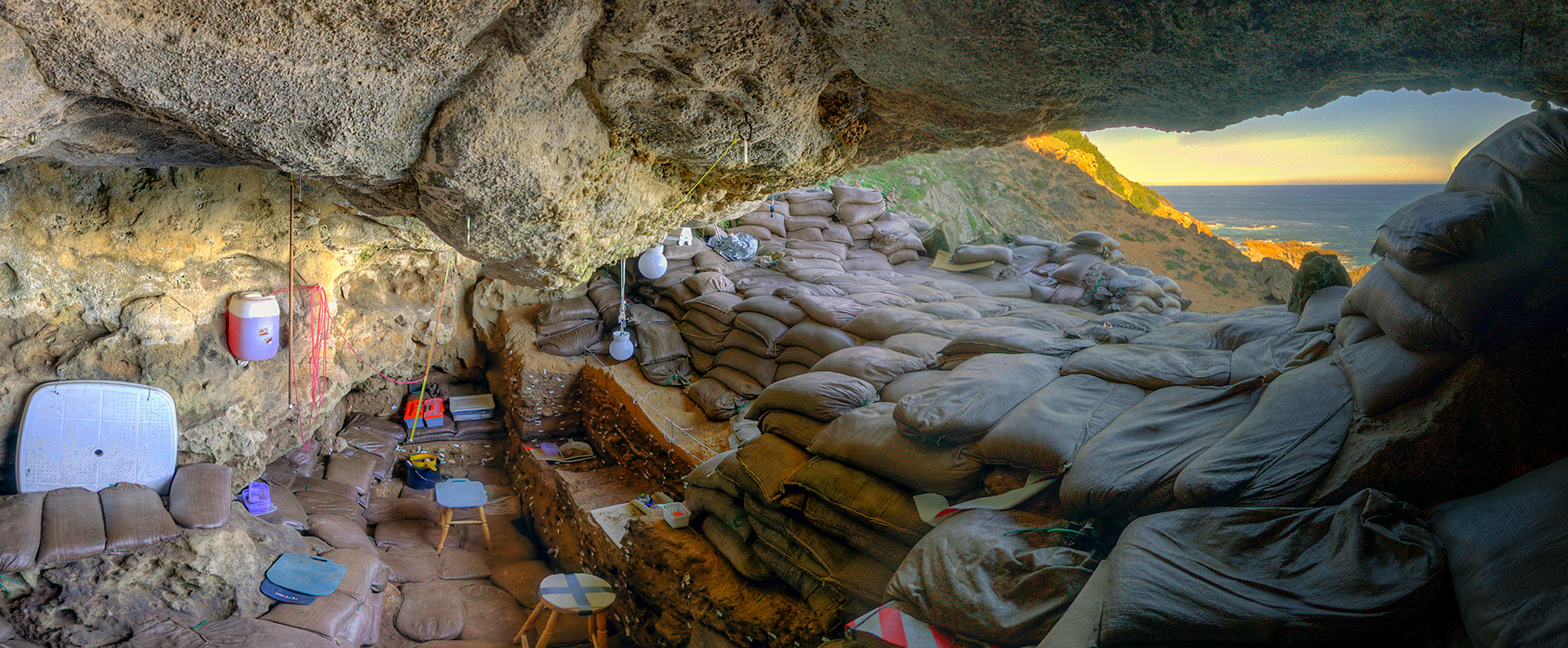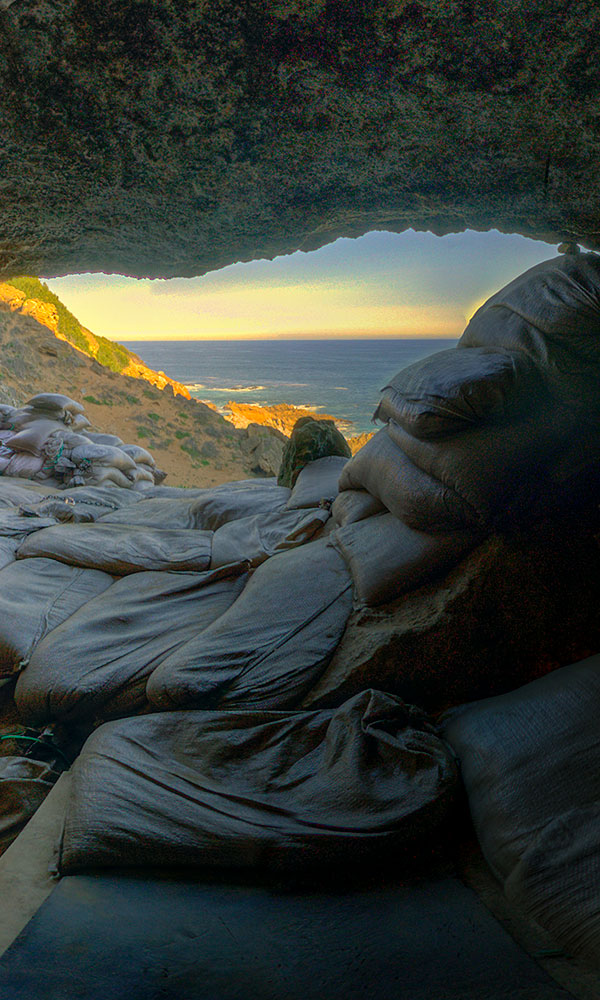
MADISON, WISCONSIN—The Independent reports that Sissel Schroeder of the University of Wisconsin and her colleagues analyzed fecal stanols found in sediment cores taken from Illinois’ Horseshoe Lake to track population changes at Cahokia, an ancient city on the Mississippi River. Fecal stanols are produced in the human gut during digestion and are eliminated from the body as waste. Archaeological evidence suggests the population of Cahokia grew between A.D. 600 and 1100, was in decline by 1200, and that the city had been abandoned by 1400. The team, which also included AJ White of California State University, suggests that when the ancient city's population was higher, more human waste would be expected to have washed into Horseshoe Lake, leaving behind higher levels of stanols. Schroeder said the concentration of fecal stanols in the different layers of the sediment cores did rise and fall over time in accord with previous population estimates. The researchers tied their population study to an earlier one that found evidence of significant Mississippi River flooding around A.D. 1150, and they looked for additional evidence of changing climate conditions in the form of different levels of oxygen isotopes in the sediment cores. They found a likely drop in summer rainfall, which was necessary for farming, at about the time Cahokia began to decline. For more, go to “Breaking Cahokia’s Glass Ceiling.”



